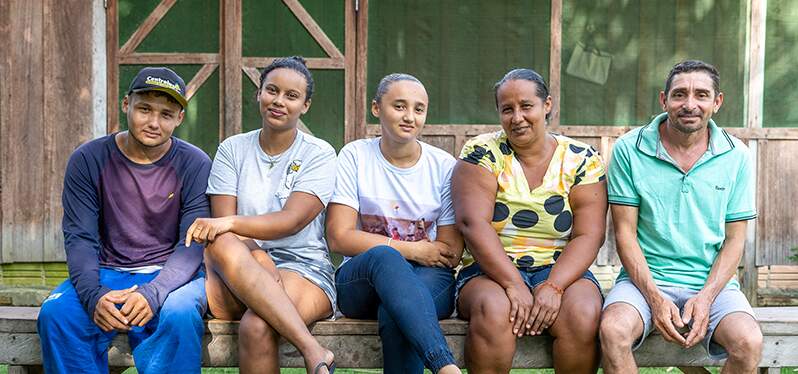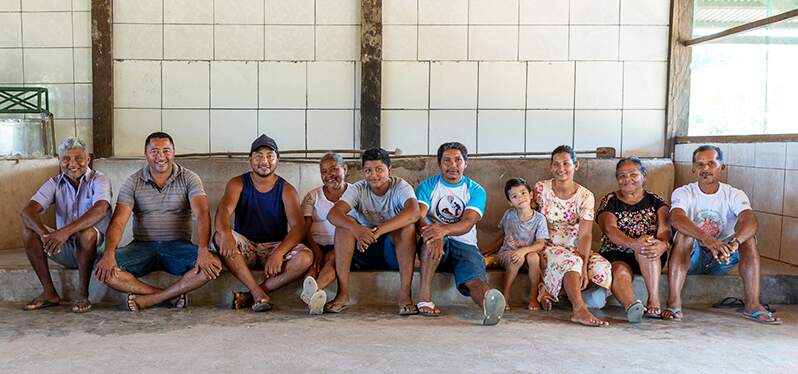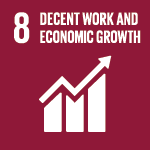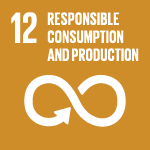Posted in: 06/14/2023
The Middle Xingu Networks Project , developed by Synergia, has worked to solve some challenges in the Amazon , such as environmental conservation and income generation for families living in protected areas.
The project operates on three fronts: support for the cocoa production chain , which has a positive impact on income generation for families at the Terra do Meio Ecological Station, support for the Terra do Meio Network , in order to promote a commercial structure to serve the local population , and support for the Sementes da Floresta Agroextractivist Association (AASFLOR) , located in Uruará.
Traditionally, families in the region grow chestnuts, which are harvested between February and March. As a way to expand the local production calendar , the families started growing cocoa , which is harvested throughout the year, with a peak in May and June, allowing for greater income generation for the population.
Synergia, in partnership with the Chico Mendes Institute for Biodiversity Conservation (ICMBio) , has supported the development of the cocoa production chain and income generation for families in Esec Terra do Meio . For this, rounds of technical assistance and rural extension (ATER) were carried out , organization of the productive arrangement and consultancy for access to the cocoa sales market.

The technical assistance carried out included cocoa cultural practices , such as soil management, cocoa pruning and pest and disease management. In addition, care is taken with the post-harvest process , which involves the fermentation and drying process, and the disposal of the cocoa .
The project helps organize producers and, according to Mario Vasconcellos, leader of the Estudy Center Synergia and Middle Xingu Networks Project , “the local productive arrangement means organizing producers so that they can work in a more cooperative way and so that they can carry out the disposal and sale together .”
In addition, the families of Esec Middle Earth cultivate cocoa through the agroforestry system , which includes low-carbon agriculture and planting together with other species, such as andiroba and copaíba, that is, a sustainable cocoa culture , a since native trees are planted between the cocoa trees, which guarantee adequate shade for the cocoa and allow the local fauna to circulate through the crop.
For a long time, the families of Esec Middle Earth traveled a lot to other regions in order to buy food and other necessities, which resulted in a high cost of freight and gasoline . To promote these families’ access to food products and basic necessities, the importance of a community canteen was pointed out .
As a way of supporting this front, working capital was provided for the construction of a new canteen, as well as support for the maintenance of the commercial structure and agreements for the sale of products to the local population, through the Middle Xingu Networks Project.

In addition, to store the cultivated chestnut, it was agreed to build a warehouse in partnership with ICMBio. The magazine will also be used to store the cultivated cocoa. The objective of the project is to facilitate the process of transporting the two crops.
Seeking to value the seeds that were already collected, family farmers from rural settlements that are part of AASFLOR began the process of extracting oil from the seeds . This allowed for the creation of a mini plant to facilitate the process and, over time, learning how to produce soaps, ointments and moisturizing oils, among other products.

As a form of support for AASFLOR, the Middle Xingu Networks Project worked on the development of the brand , labels and packaging, in addition to making it possible to sell products at fairs and events throughout Brazil, such as Feira Naturaltech , held in São Paulo.
For Mario Vasconcellos, the work carried out with AASFLOR is an opportunity for the emancipation and development of local farmers : “The main objective of supporting AASFLOR is to generate income, to value their products more, so that they can make more money with it”.
The next steps of the Middle Xingu Networks Project
The Middle Xingu Networks Project will be the subject of a documentary , scheduled for release in the second half of 2023. It will address the work carried out in the cocoa production chain and at AASFLOR, having as a guiding principle the care of families in developing without destroy the forest .
In addition, the project will monitor the cocoa harvest and disposal and will boost the marketing of the crop . Also, the project will deliver the construction of the canteen at Esec, in partnership with ICMBio.
The next steps to support AASFLOR involve continued participation in events and fairs , and support in the development of communication materials, such as catalogues.



Sign up and receive our news.